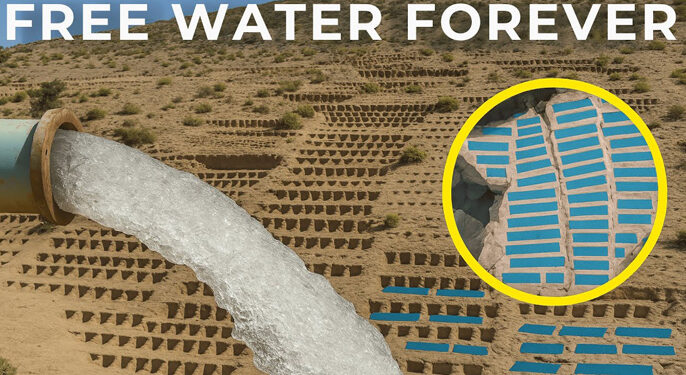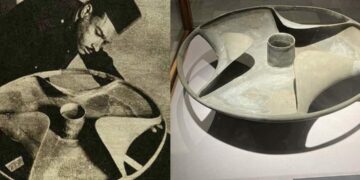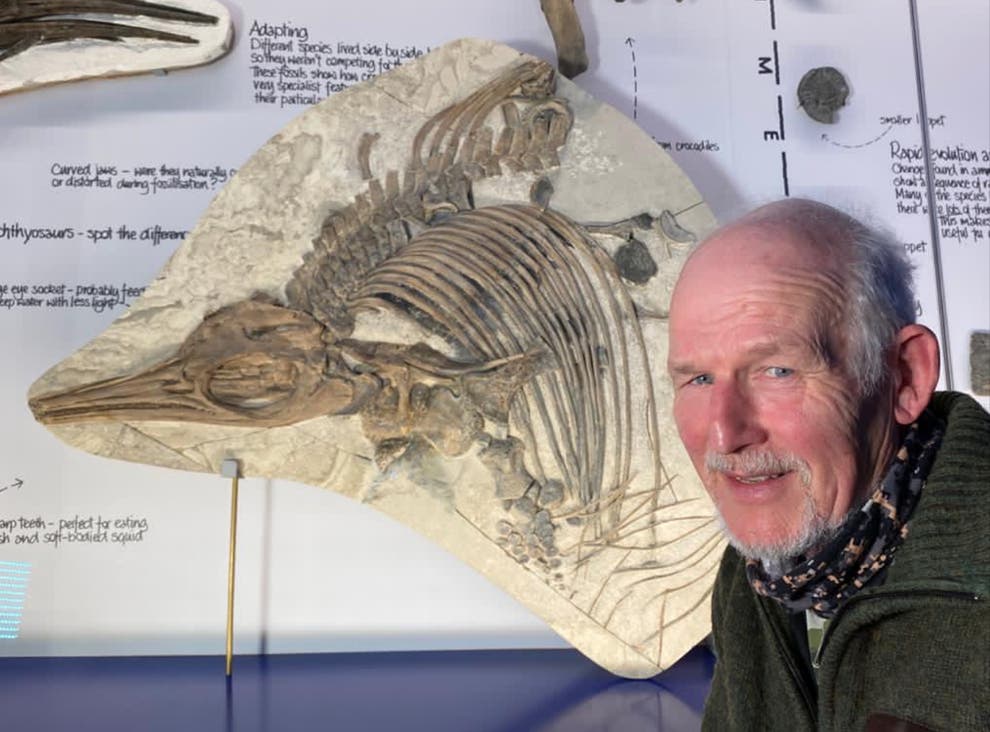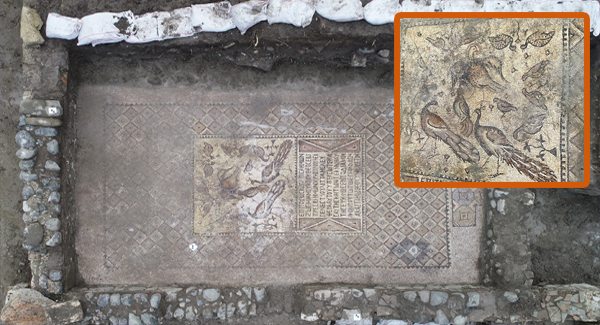How did the ancient Persian port city of Siraf thrive in a water-scarce desert along the Persian Gulf, where rainfall was rare and surface water nearly nonexistent? Over a thousand years ago, this bustling trade hub connected China, India, and Mesopotamia, hosting ships laden with spices, silk, and jewels. Yet, its harsh coastal environment seemed inhospitable to human settlement. Siraf’s ingenious water management system—one of the most advanced in the ancient world—enabled its rise. Here’s how this lost city’s engineering marvels could inspire solutions for today’s water-stressed coastal cities.
The Challenge of Siraf
Unlike most coastal settlements with abundant freshwater, Siraf faced extreme scarcity. Its founders built a major port in a desert where rainfall was minimal. Their solution? A sophisticated water harvesting system combining deep wells, qanats, catchment areas, and cisterns, tailored to the coastal terrain.
Masterpieces of Engineering
- Stone Wells: Using hand tools, Siraf’s engineers carved wells up to 130 meters deep—equivalent to a 40-story building. These precisely vertical shafts, cut through solid rock, remained intact for centuries, showcasing extraordinary skill.
- Qanats: These underground aqueducts tapped the water table, channeling water to the surface via gravity. Siraf’s qanats were uniquely designed to prevent saltwater intrusion, a challenge even modern coastal systems face.
- Catchment Systems: Subtle channels and small dams in the surrounding hills captured rare rainfall, directing it to storage areas. This transformed the landscape into a water-collection network.
- Underground Cisterns: Massive rock-hewn chambers with vaulted ceilings stored water. Sealed with a mysterious waterproof mortar, these cisterns doubled as architectural wonders.
Seasonal and Social Ingenuity
Siraf’s system minimized evaporation, unlike Roman open-air aqueducts. During sparse winter rains, every drop was captured; in brutal 45°C (113°F) summers, the system conserved water efficiently. A class of water managers, or “mirab,” oversaw equitable distribution, ensuring public access points served all residents. Specialized professions—well cleaners, qanat inspectors, and masons—maintained the network, using tools like bronze scrapers and saltwater-resistant ropes.
Integration with Trade and Culture
Siraf’s water infrastructure supported its role as a trade hub, handling goods worth 2.5 million gold dinars annually. Some cisterns doubled as storage for trade goods, while graves in the foothills connected to the water system, showing its centrality to urban planning. The city’s Zoroastrian reverence for water as a sacred element inspired conservation and ceremonial practices, with decorative cisterns used for rituals.
Unique Coastal Adaptations
Unlike inland Persian cities like Isfahan, Siraf battled saltwater intrusion. Engineers used salinity testing stations and varied well depths based on local geology. Ventilation shafts leveraged wind patterns to reduce dust contamination, reflecting a deep understanding of the environment.
Global Influence and Decline
Siraf’s water technologies spread across Indian Ocean trade networks, influencing distant ports. However, earthquakes and political instability in the 11th century damaged the system. Without maintenance, qanats collapsed, wells silted, and saltwater intruded, leading to the city’s decline—a lesson in the need for sustained care.
Modern Lessons
Today, ground-penetrating radar, chemical analysis, and isotope studies reveal Siraf’s secrets. Its integrated water management—capturing, storing, and distributing water while maintaining quality—offers solutions for modern coastal cities facing scarcity. Engineers are studying Siraf’s methods to address water challenges in arid regions, proving ancient wisdom’s relevance.
Why Siraf Matters
Siraf’s legacy shows how ingenuity, supported by social organization and cultural values, can overcome environmental constraints. In a world grappling with water scarcity, this ancient Persian port’s solutions are more relevant than ever.
What do you think of Siraf’s water systems? Could they inspire modern cities? Share your thoughts below, like, and subscribe for more ancient engineering stories. Stay curious!























